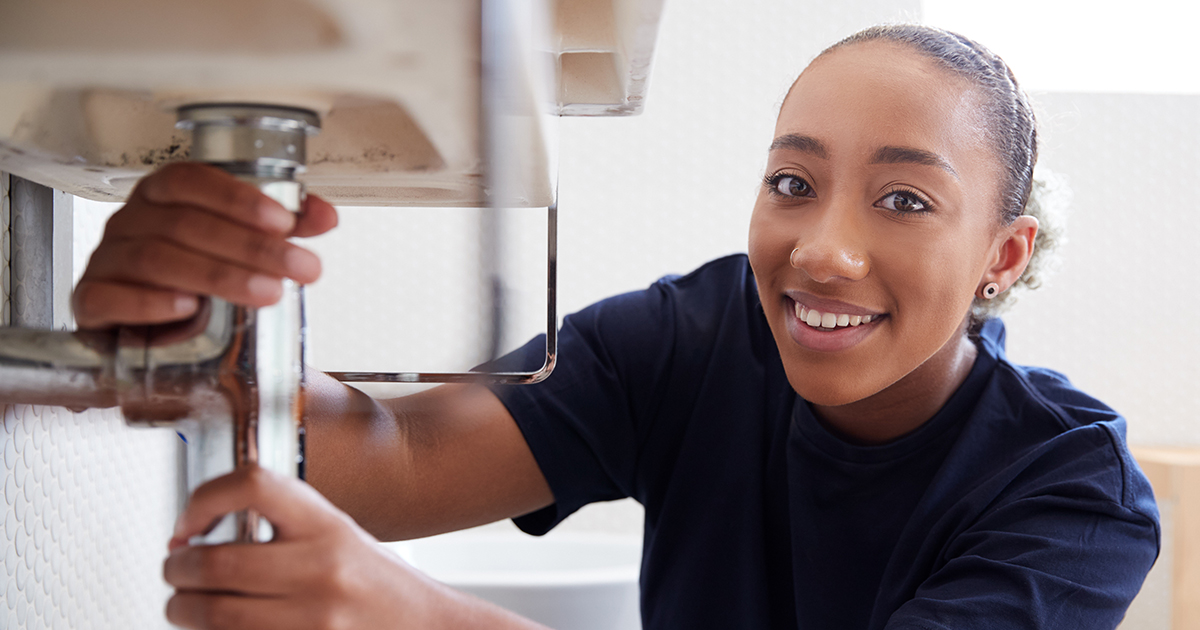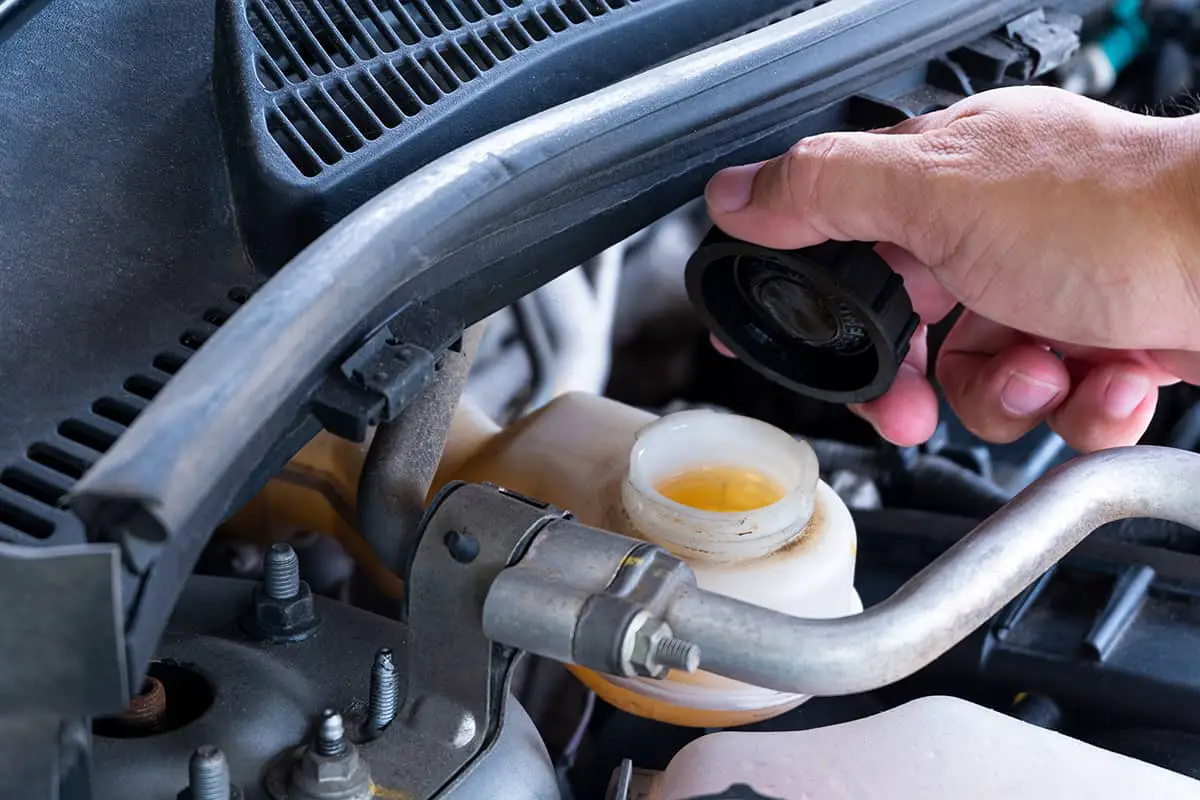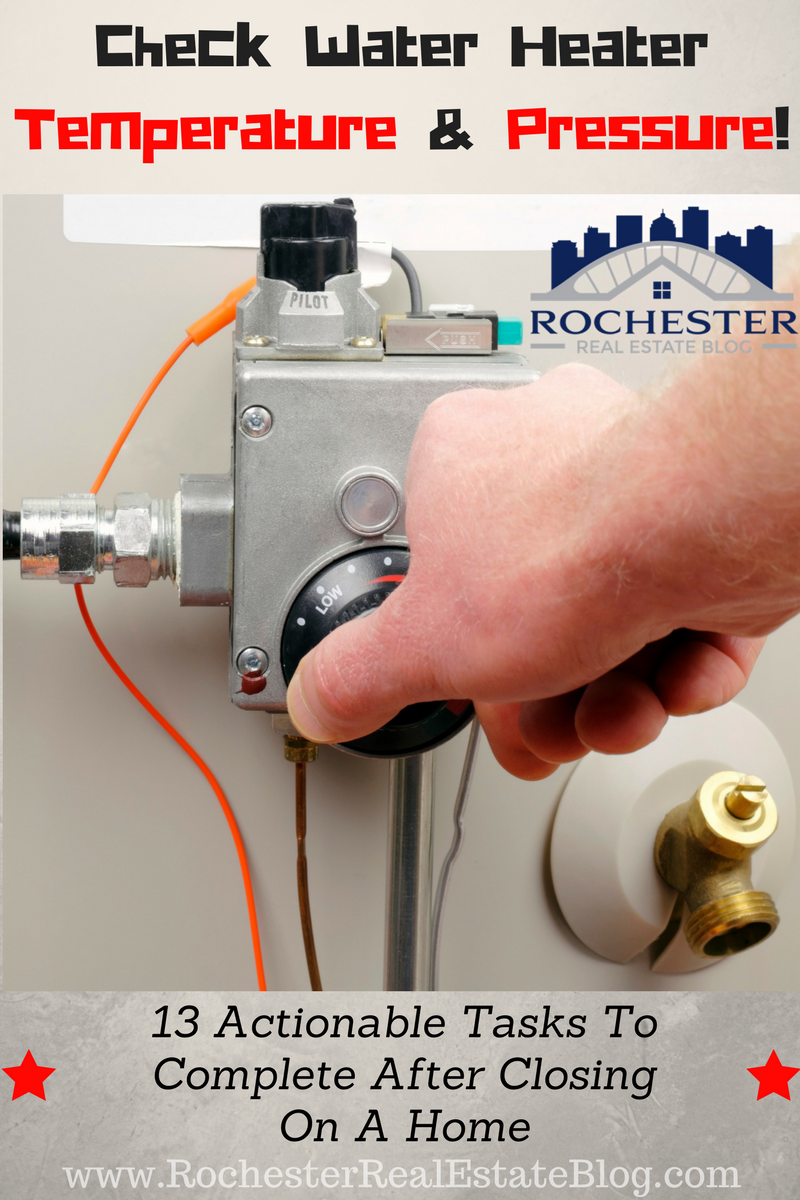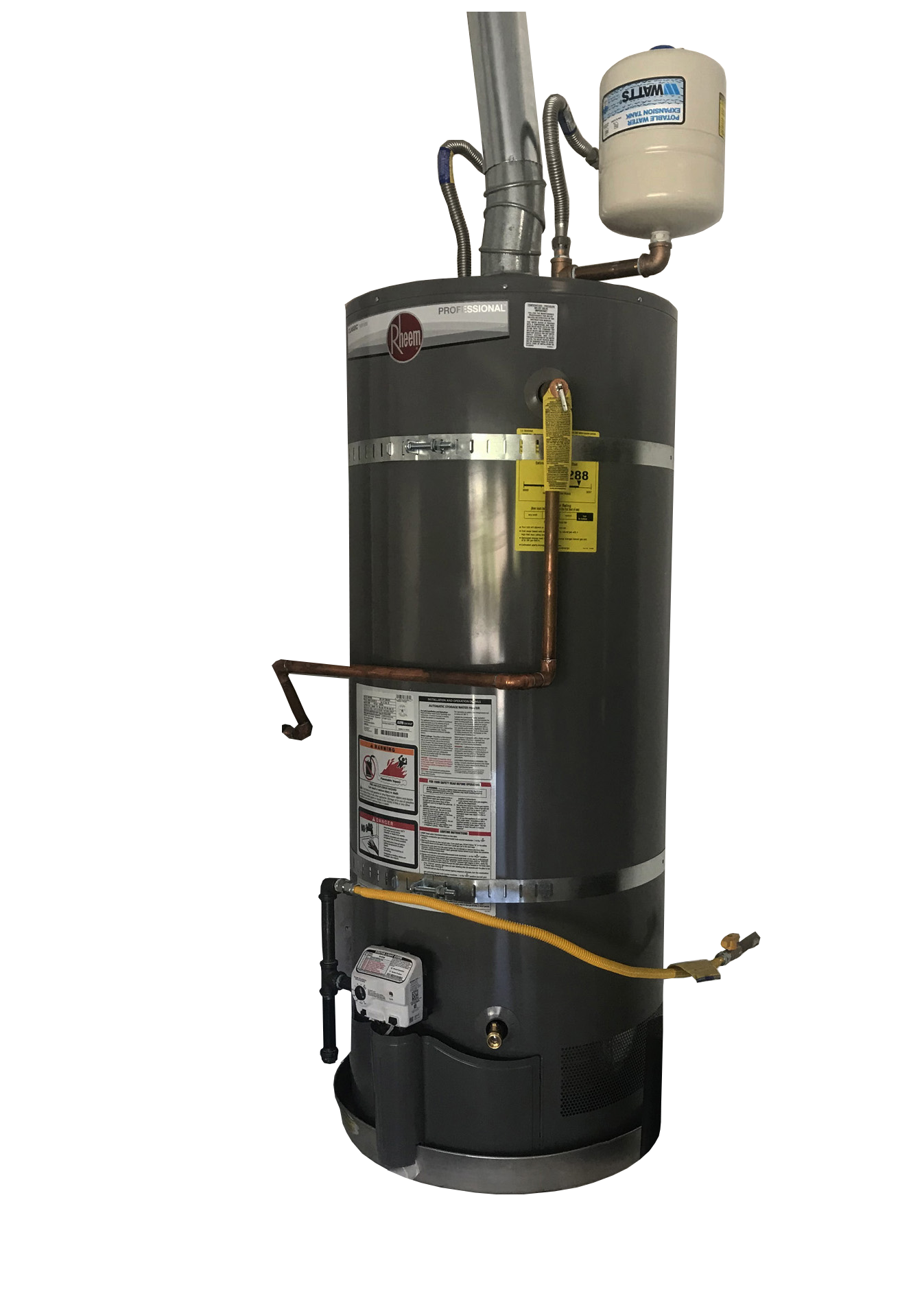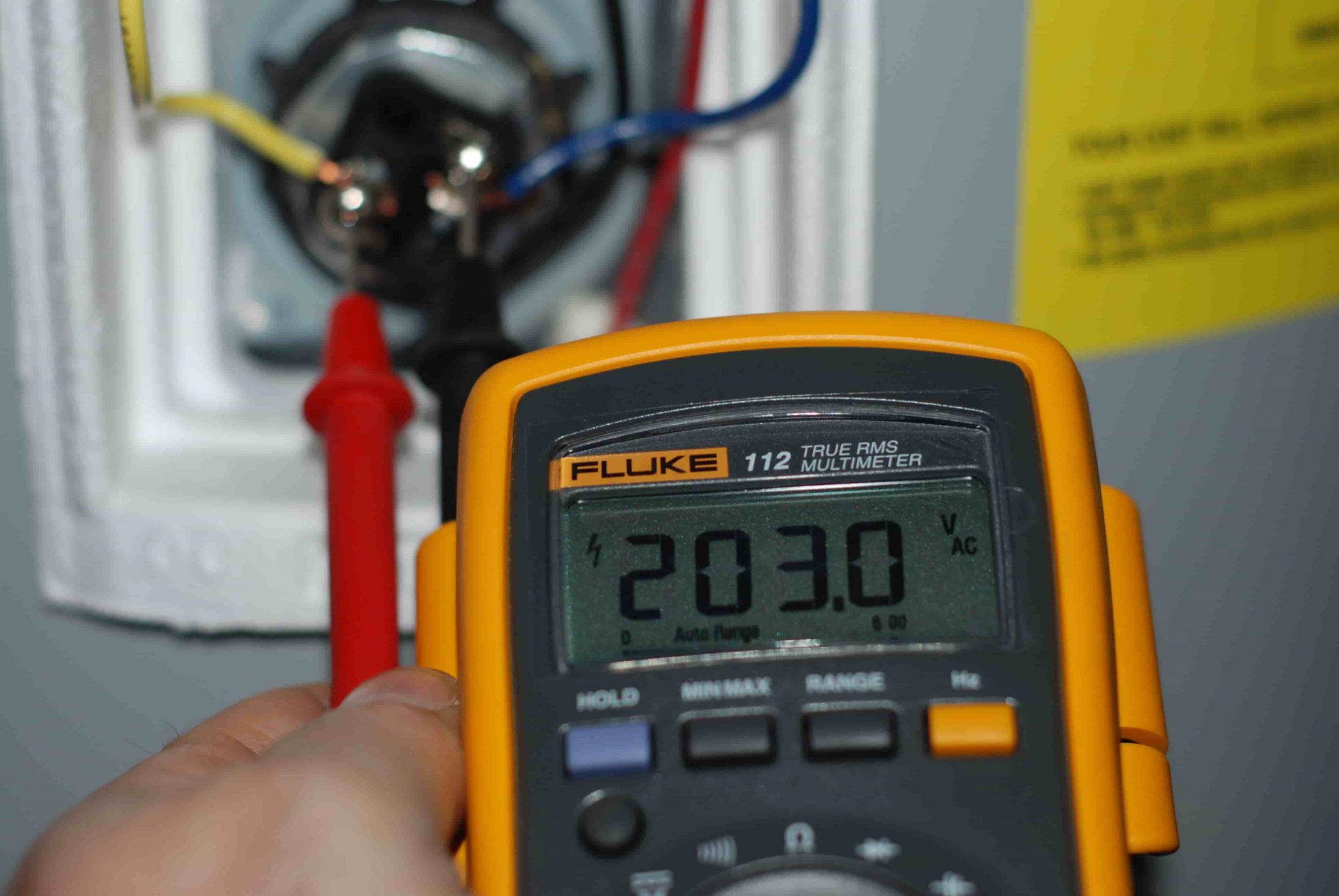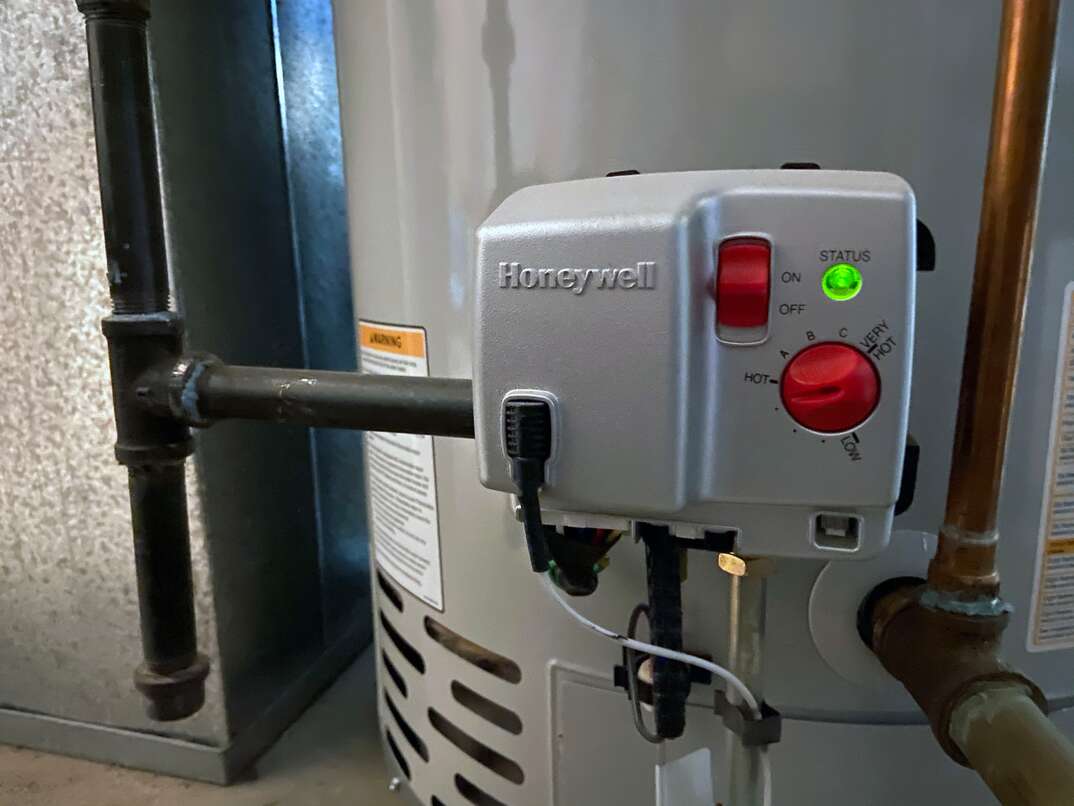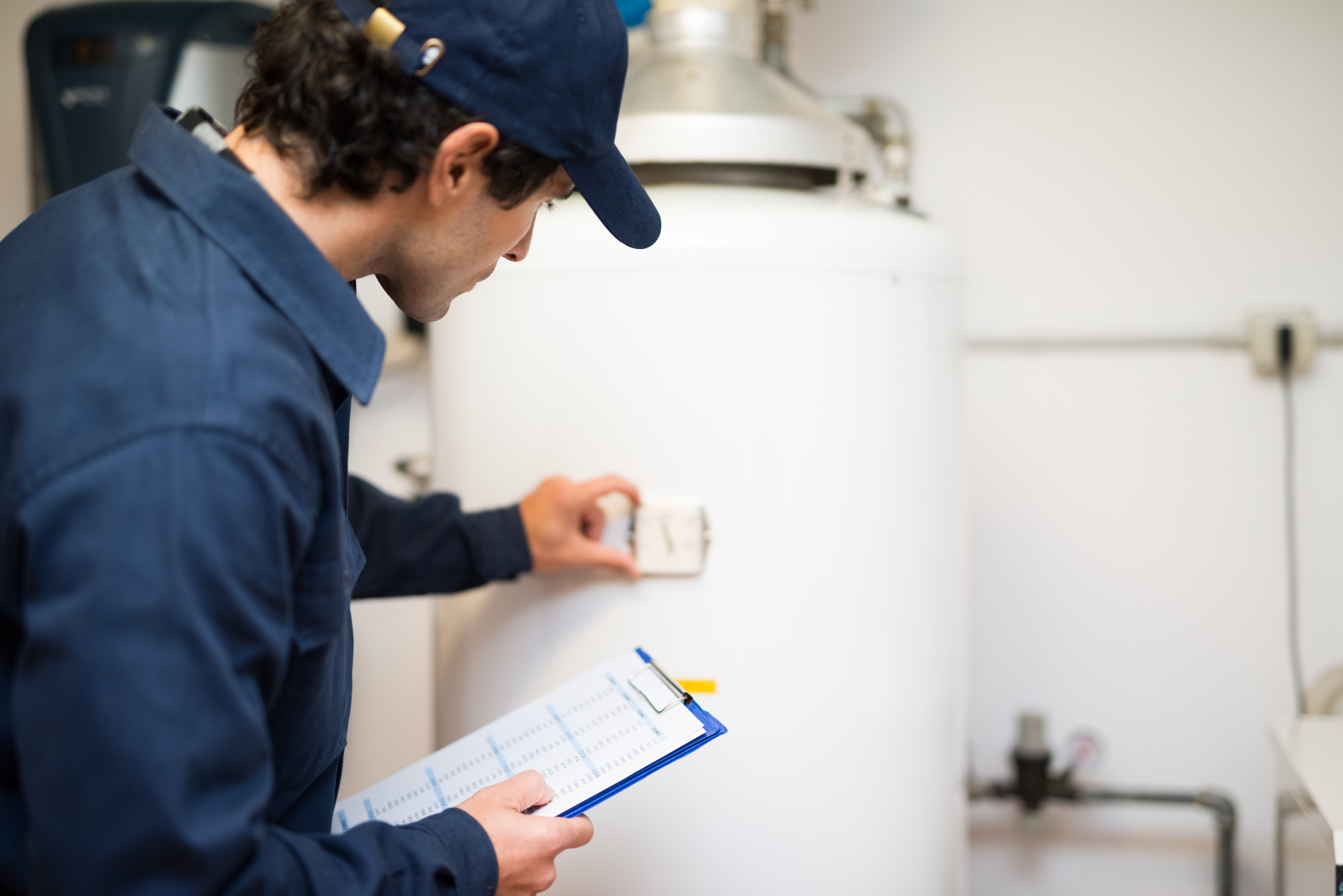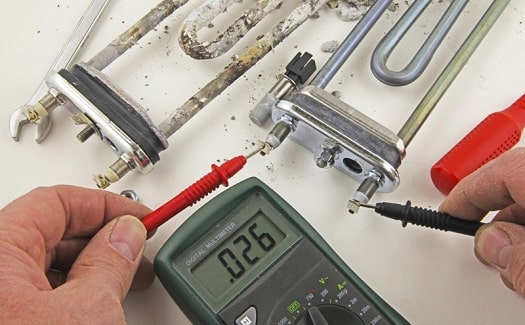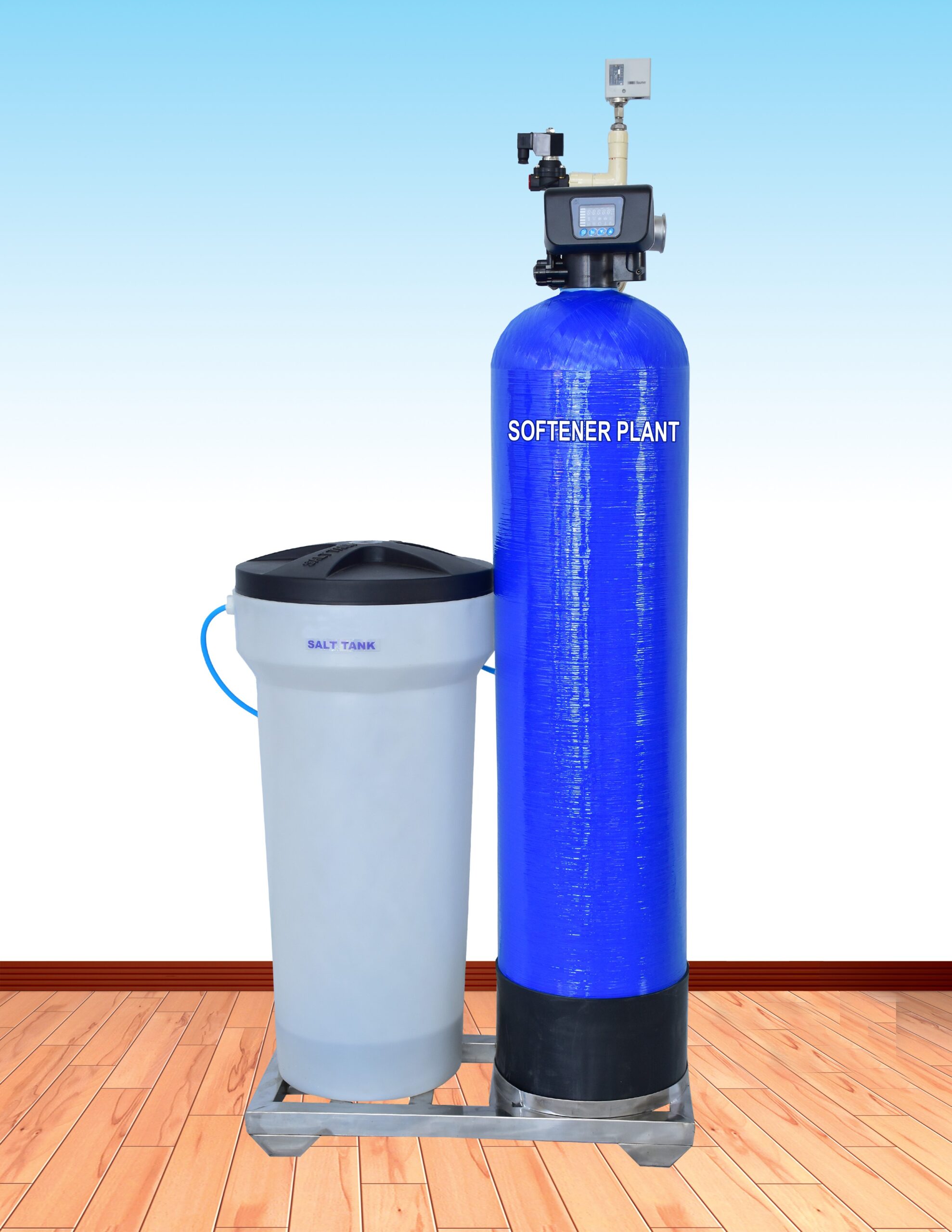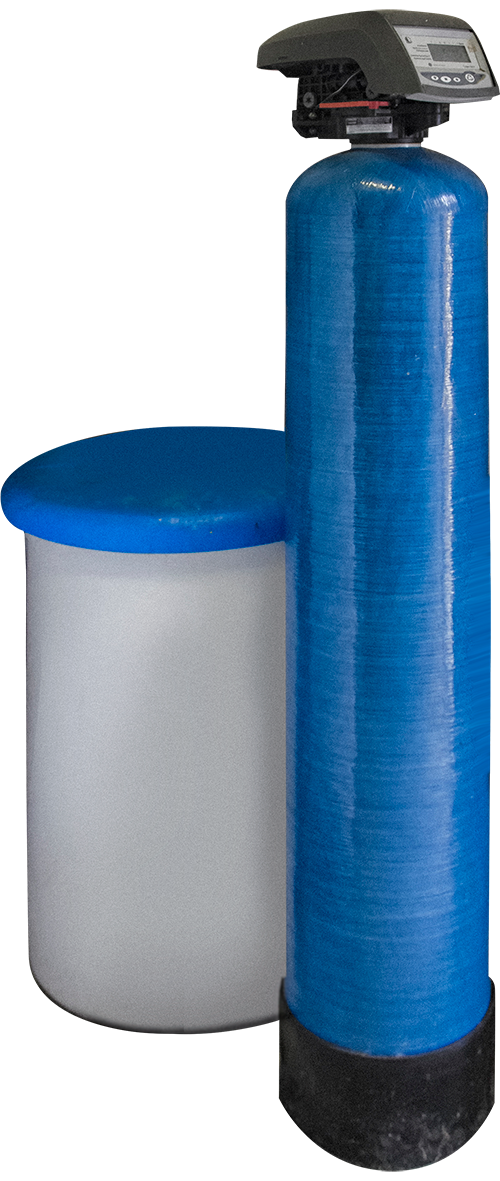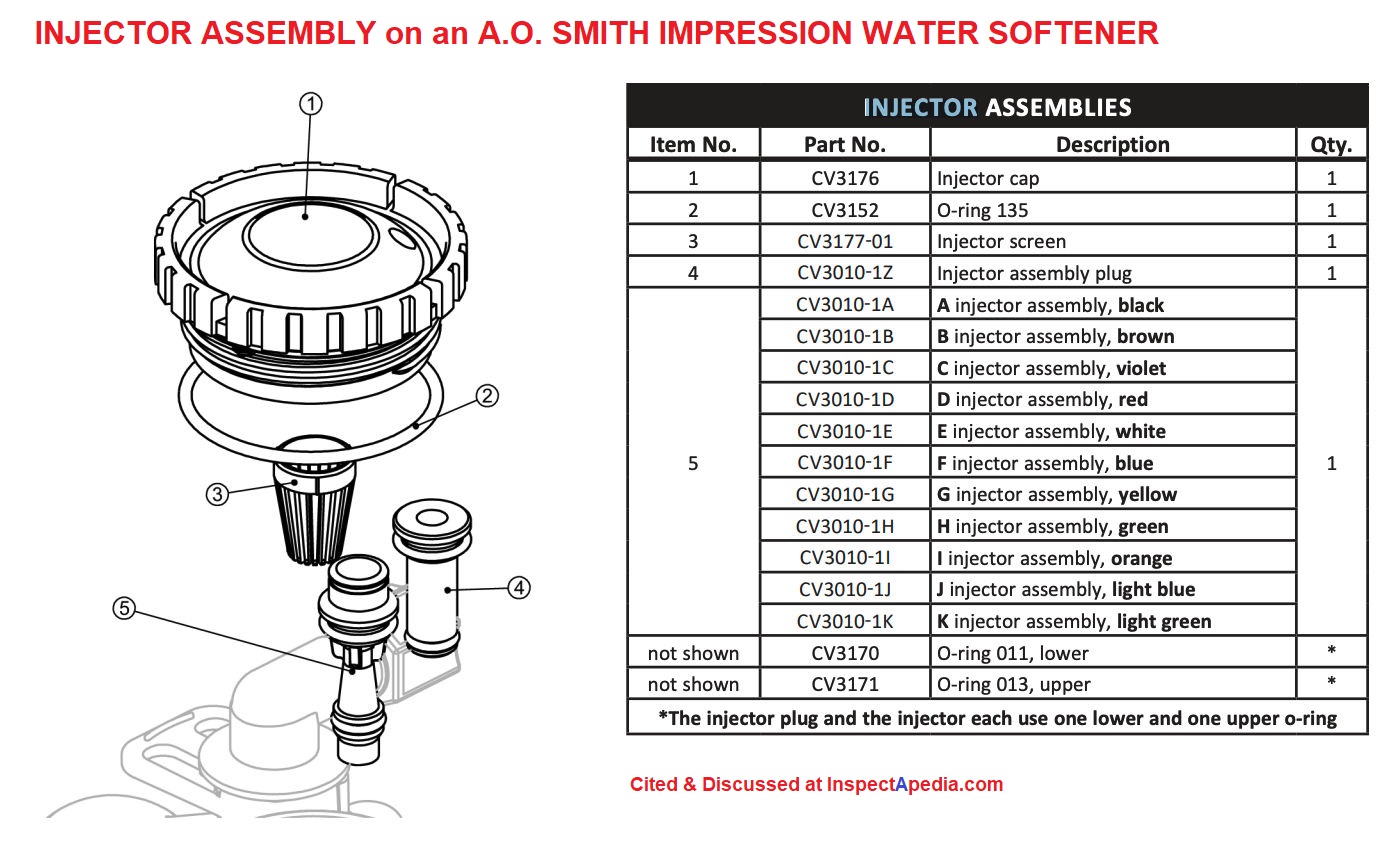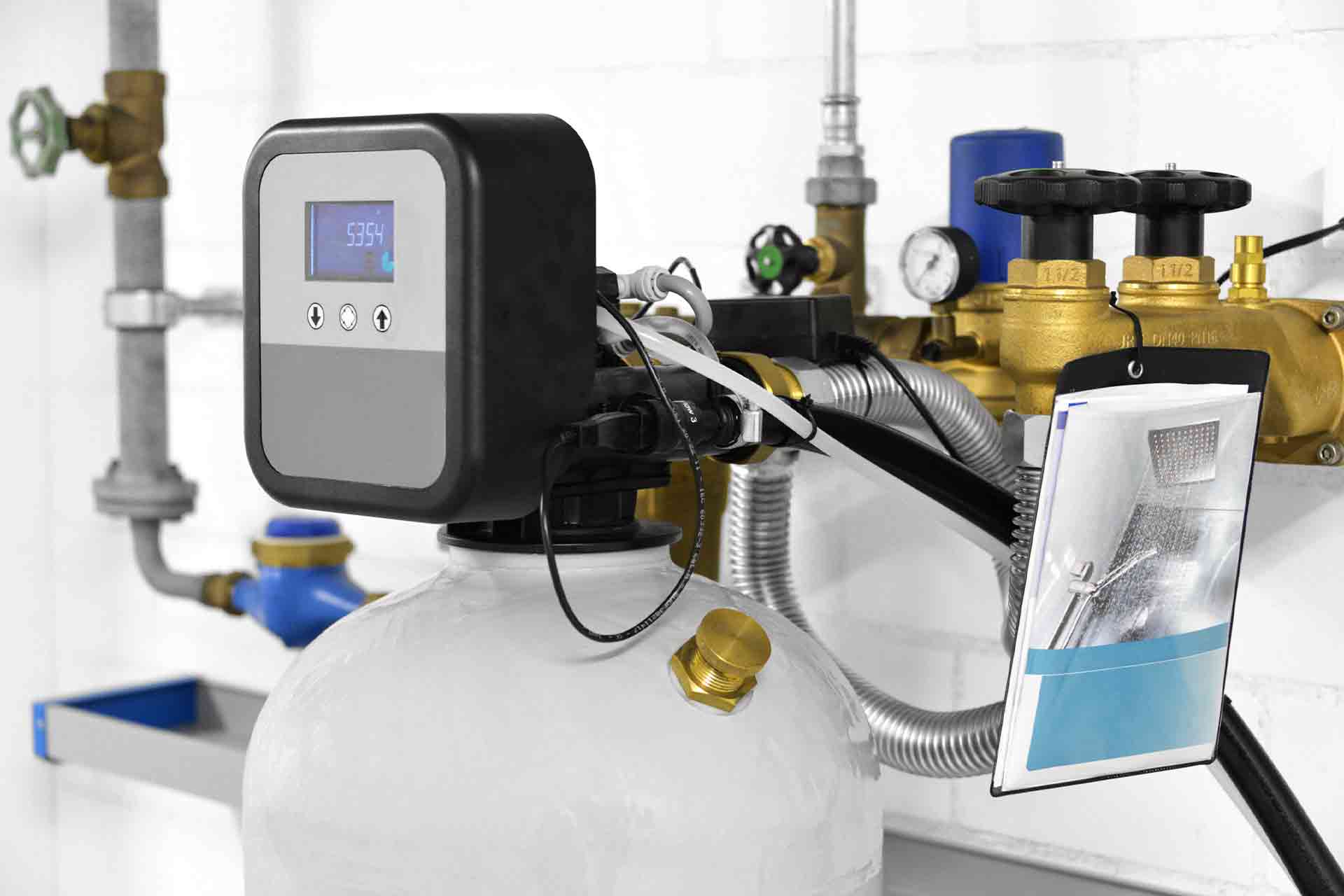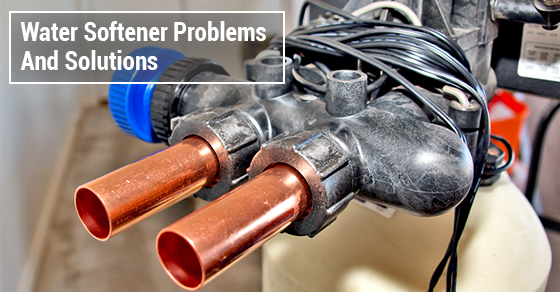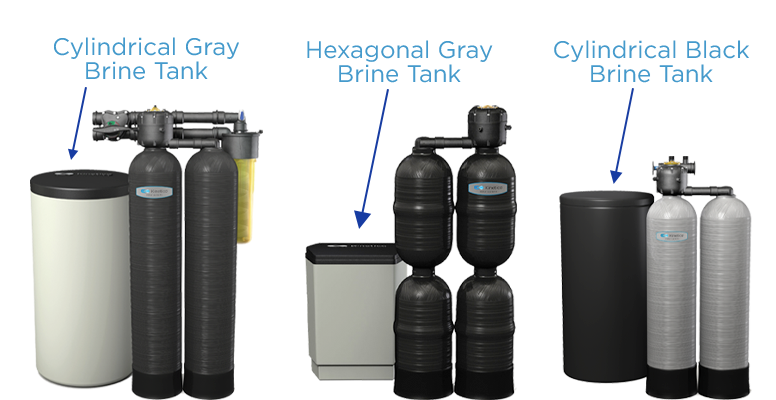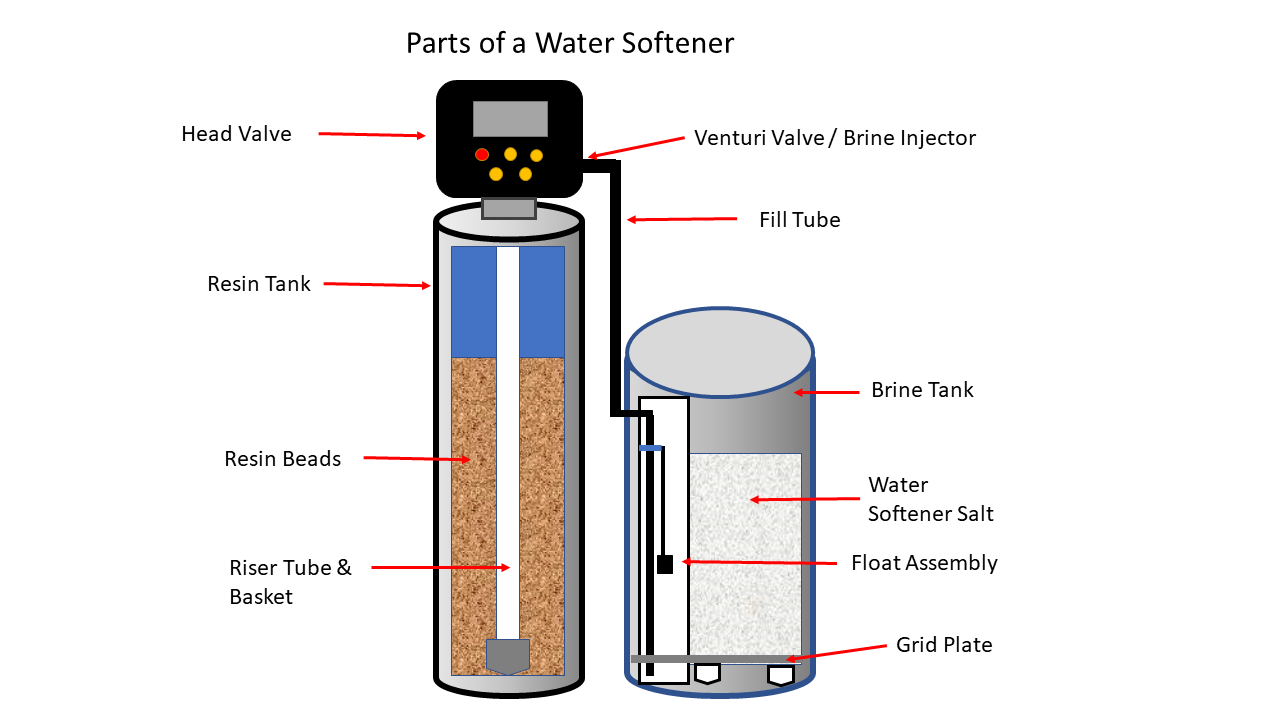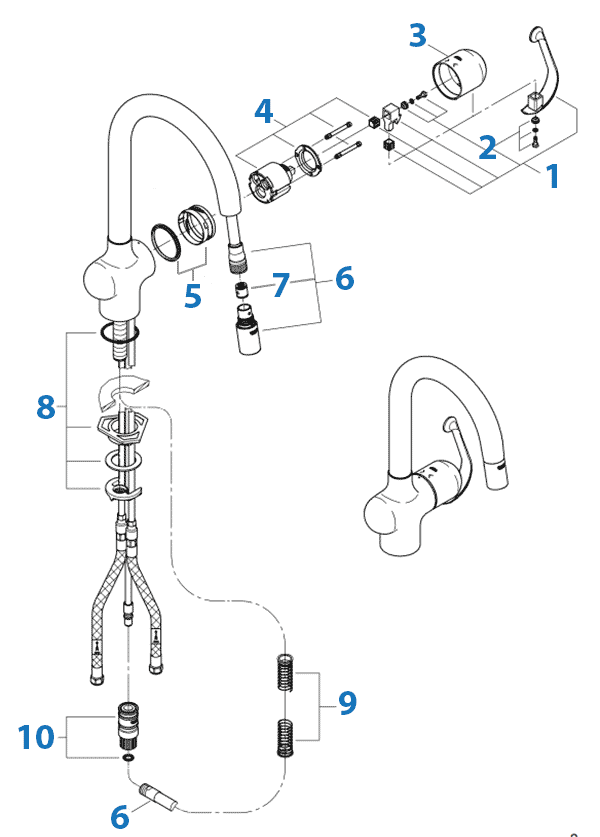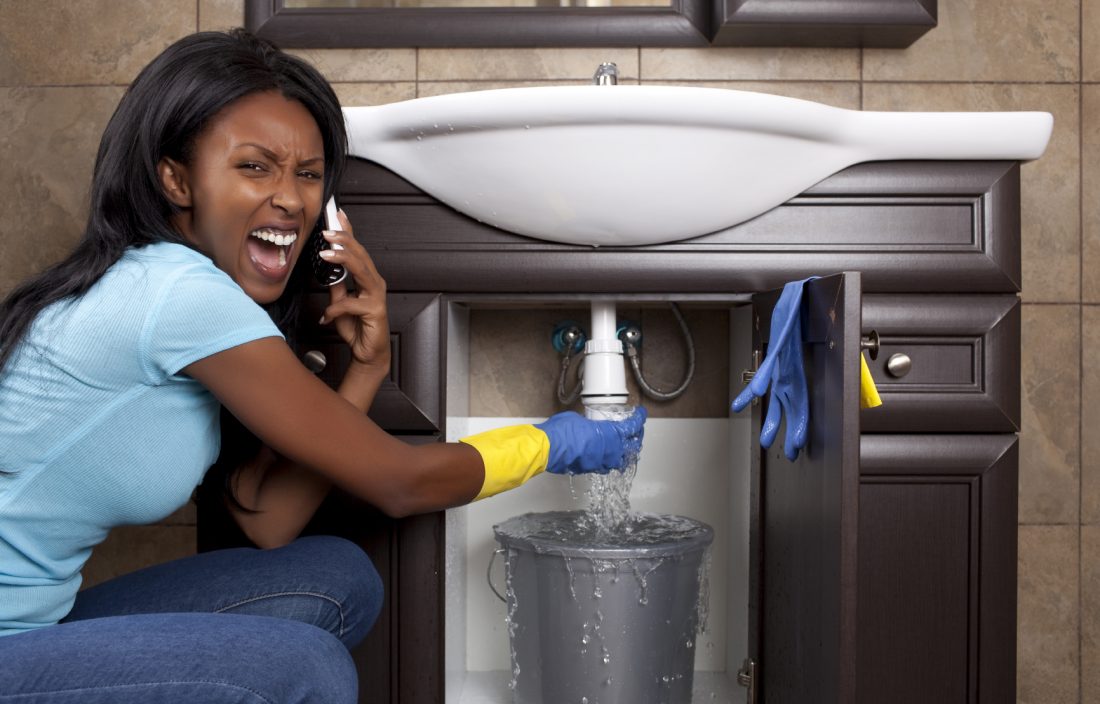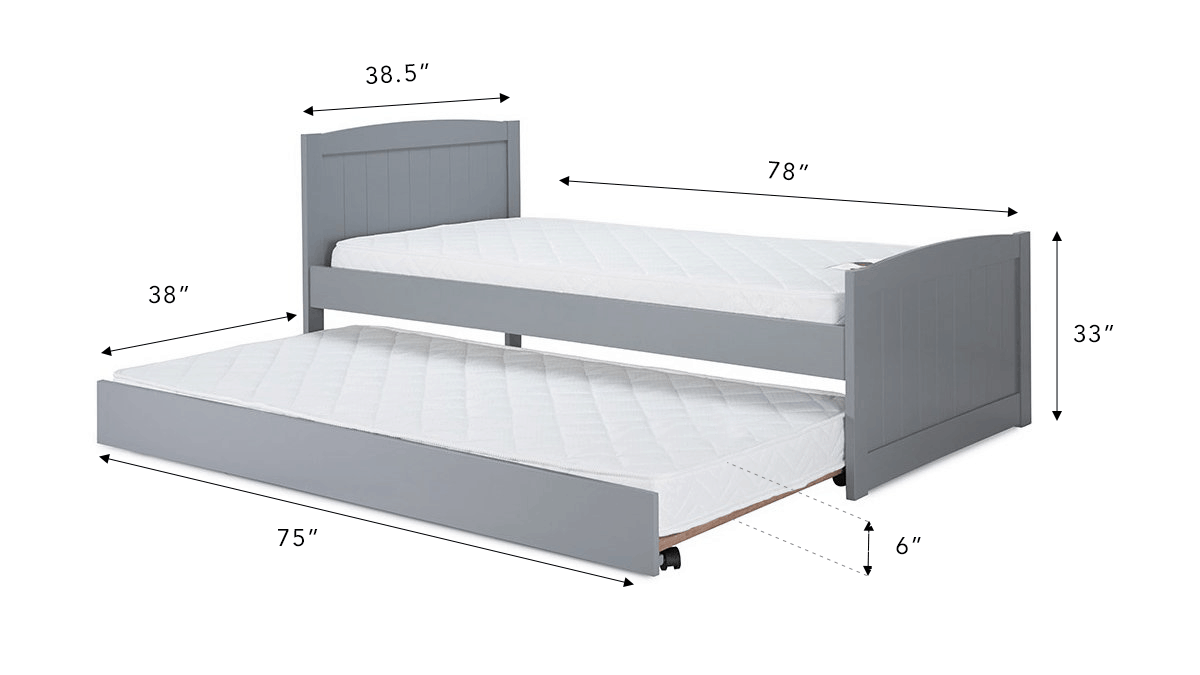If you've noticed a sudden decrease in water pressure in your kitchen sink, the first thing you should check is the aerator. This small mesh piece is located at the end of your faucet and helps to control the flow of water. Over time, it can become clogged with mineral deposits and debris, causing the water pressure to decrease. Remove the aerator and clean it thoroughly with a mixture of water and vinegar to remove any buildup that may be causing the issue.Check the aerator
If the aerator is not the issue, the next step is to check the water supply. Make sure that the main water valve is fully open and that there are no issues with the water supply in your area. If there is a problem with the water supply, contact your local water department for more information.Check the water supply
Another common cause of low water pressure in the kitchen sink is a partially closed shut-off valve. This valve controls the flow of water to your kitchen sink and can accidentally be turned off or partially closed. Make sure that the valve is fully open and that there are no obstructions blocking the water flow.Check the shut-off valve
If the shut-off valve and water supply are not the issue, the next step is to check the pipes for any clogs. Over time, mineral deposits and debris can build up in the pipes, causing a decrease in water pressure. You can try using a plumbing snake or pipe cleaner to remove any clogs. If the clog is too severe, it may be necessary to call a plumber for professional assistance.Check the pipes for clogs
The water pressure regulator is a device that controls the overall water pressure in your home. If it is not functioning properly, it can cause low water pressure in your kitchen sink. You can check the regulator by using a pressure gauge on an outdoor faucet. If the pressure is below 40-60 psi, the regulator may need to be replaced.Check the water pressure regulator
One of the most common causes of low water pressure is leaks in the plumbing system. Check all of the pipes and connections under your kitchen sink for any signs of leakage. Even a small leak can cause a decrease in water pressure. If you find a leak, it is important to fix it as soon as possible to prevent further damage and to restore water pressure.Check for leaks
If your home has a water heater, it is important to check it for any issues that may be causing low water pressure. Make sure that the temperature is set correctly and that the tank is not too small for your household's needs. If you have an electric water heater, check the heating elements and thermostat for any malfunctions.Check the water heater
If your home has a water softener, it may be the cause of low water pressure in your kitchen sink. Make sure that the softener is functioning properly and that it is not clogged with salt or other debris. If you suspect an issue with the water softener, contact a professional for assistance.Check the water softener
The faucet cartridge is the internal part of your faucet that controls the water flow. Over time, it can become worn or clogged, causing a decrease in water pressure. If you have a single-handle faucet, turn off the water supply and replace the cartridge. For a double-handle faucet, you may need to replace both cartridges.Check the faucet cartridge
If you have tried all of the above solutions and are still experiencing low water pressure in your kitchen sink, it may be time to call a plumber. A professional plumber will be able to diagnose the issue and provide a solution to restore proper water pressure in your sink. They can also perform regular maintenance to prevent future issues with water pressure.Call a plumber
Common Causes for Low Water Pressure in the Kitchen Sink

Are you experiencing low water pressure in your kitchen sink? If so, you're not alone. This frustrating issue is a common problem that many homeowners face. While it may seem like a minor inconvenience, low water pressure in your kitchen sink can actually be a sign of a larger problem within your house's plumbing system. In this article, we'll explore the main causes of water pressure issues in the kitchen and what you can do to fix them.

Old or Worn Out Pipes
One of the most common culprits of low water pressure in the kitchen sink is old or worn out pipes. Over time, pipes can corrode, rust, and develop leaks, which can restrict the flow of water. This is especially true for homes with older plumbing systems. If your house was built before the 1970s, chances are your pipes are made of galvanized steel, which is prone to corrosion and can significantly decrease water pressure. In this case, it's best to consult a professional plumber to assess the condition of your pipes and determine if they need to be replaced.
Clogged or Dirty Aerators
The aerator is a small screen located at the end of your kitchen faucet. Its purpose is to regulate the flow of water and mix it with air to create a steady stream. However, over time, aerators can become clogged with debris, mineral deposits, and other sediments. This can greatly reduce the water pressure coming out of your faucet. Luckily, this is an easy fix. You can clean the aerator by unscrewing it from the faucet and soaking it in vinegar to dissolve any buildup. If the aerator is damaged, it's affordable and simple to replace.
Leaking or Malfunctioning Valves
Valves are the mechanisms responsible for controlling the flow of water in your plumbing system. If they are not functioning properly, it can lead to low water pressure. Common causes for valve malfunctions include wear and tear, mineral buildup, and aging. To determine if your valves are the cause of your low water pressure, you can perform a simple test by turning off the water supply to your house and checking the pressure gauge. If the gauge reads low, it's likely that your valves need to be repaired or replaced.
Water Main Issues
In some cases, the problem may not be within your house's plumbing system but rather with the water main that supplies water to your home. If there is a leak or damage to the water main, it can significantly impact the water pressure in your kitchen sink. This is a serious issue that requires immediate attention from a professional plumber. They will be able to assess the situation and determine the best course of action to fix the water main and restore your water pressure.
In conclusion, low water pressure in the kitchen sink can be caused by a variety of factors, from old pipes to malfunctioning valves. It's important to address this issue as soon as possible to prevent further damage to your plumbing system. By identifying the root cause of the problem, you can take the necessary steps to fix it and enjoy consistent water pressure in your kitchen sink once again.


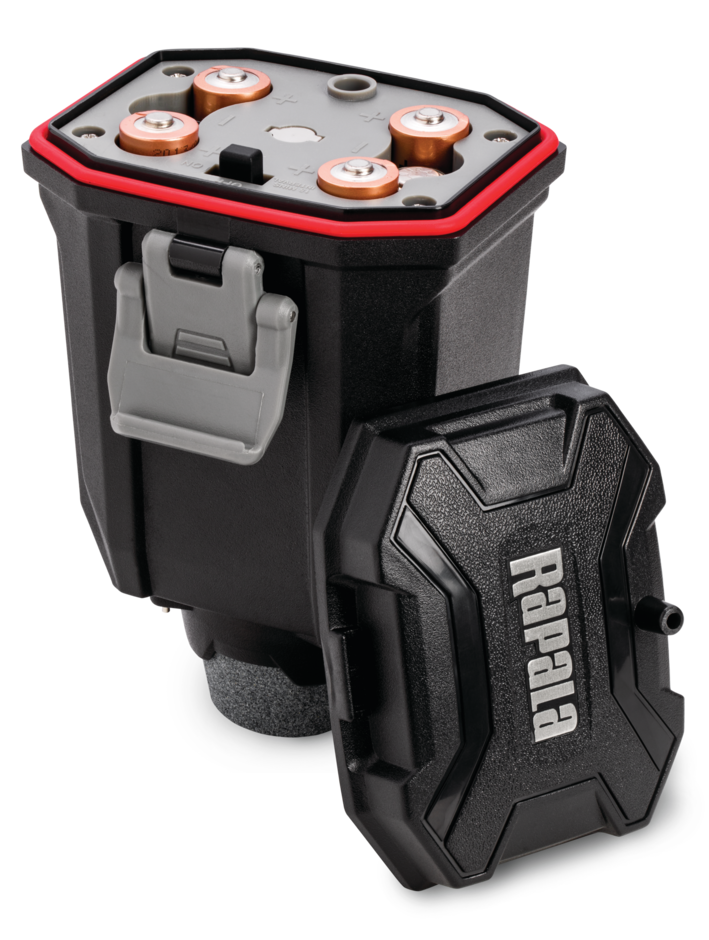







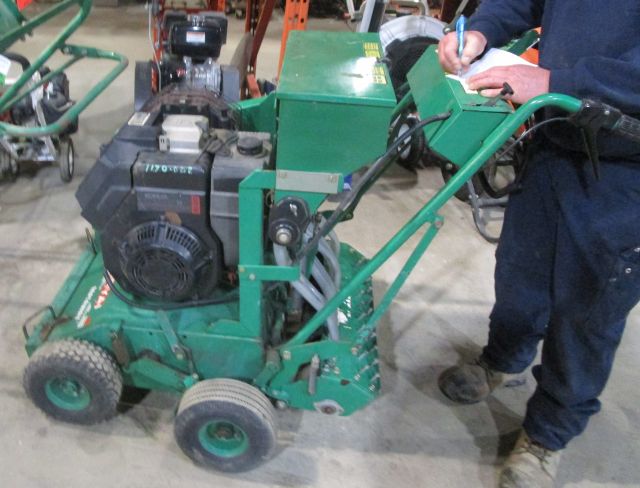
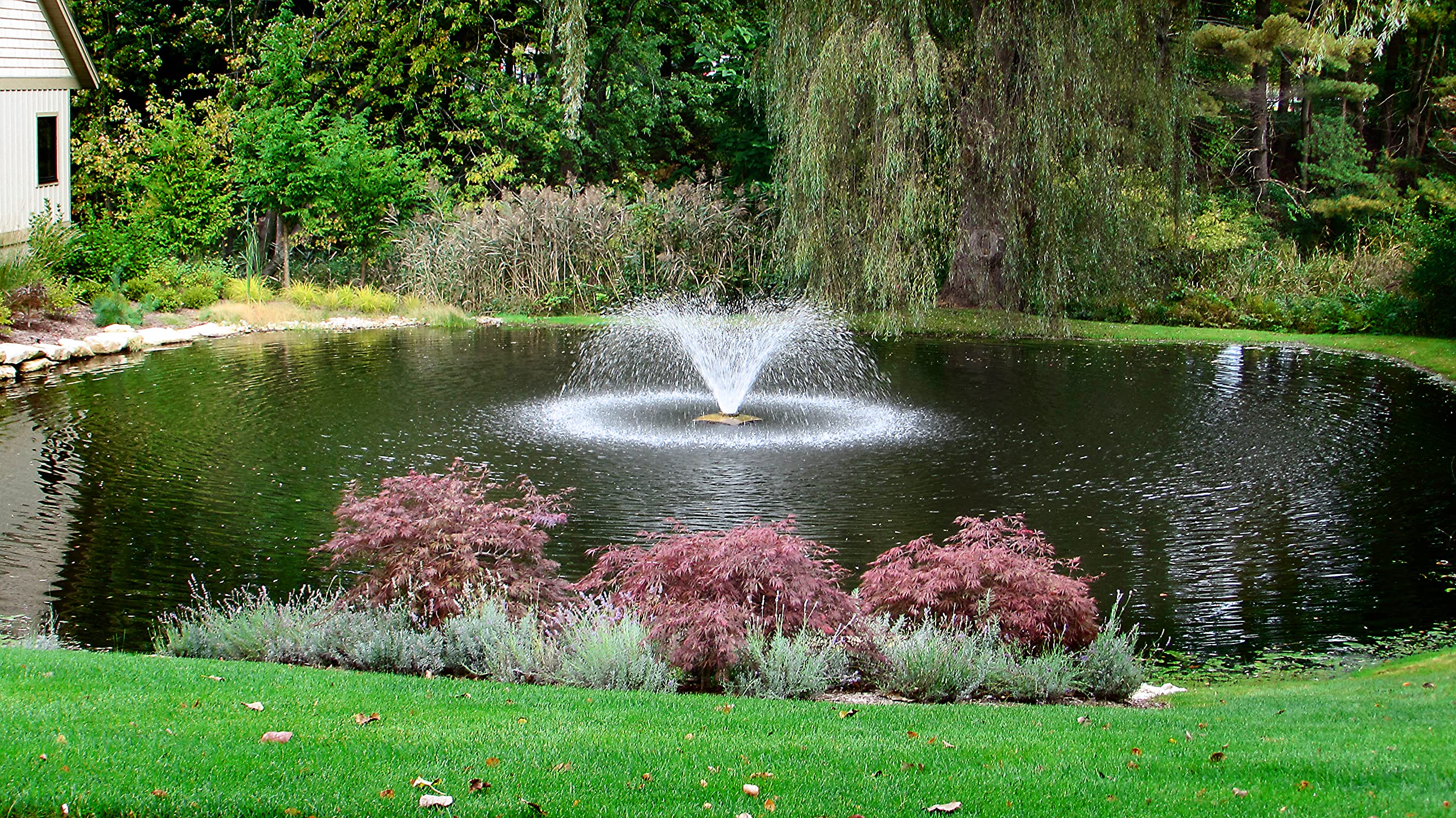
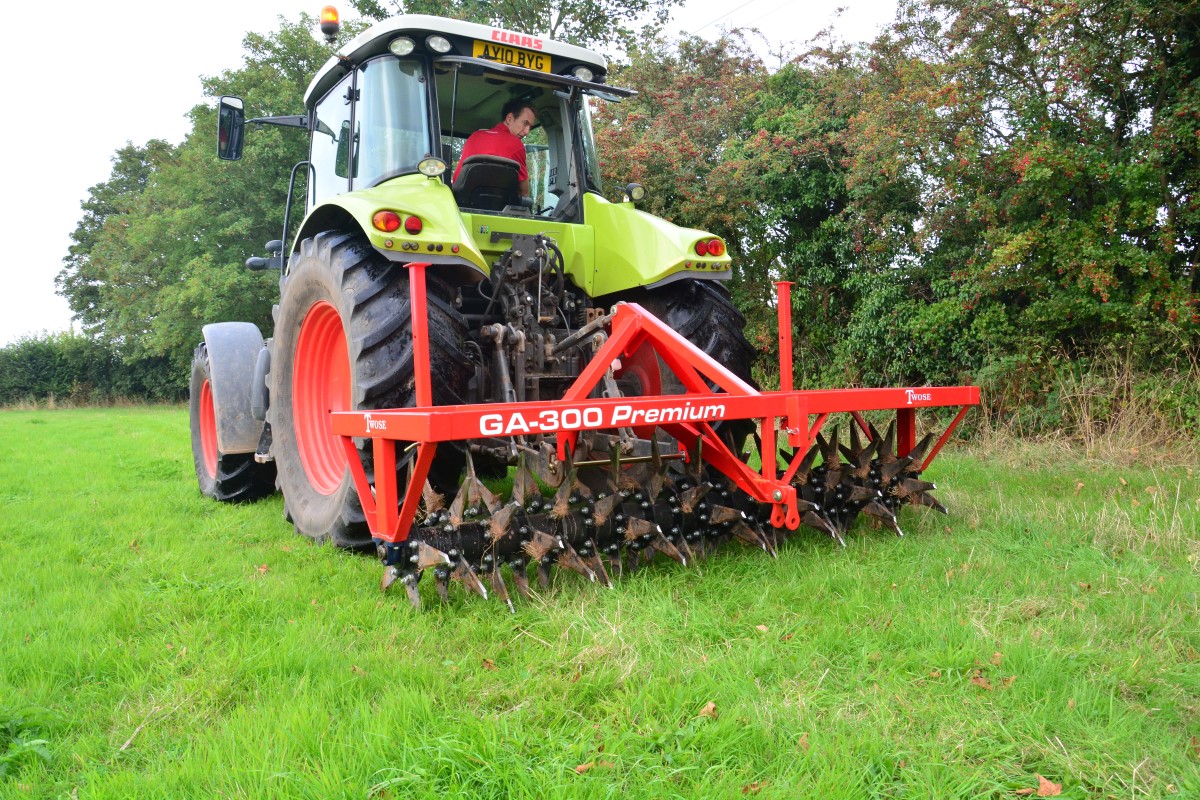
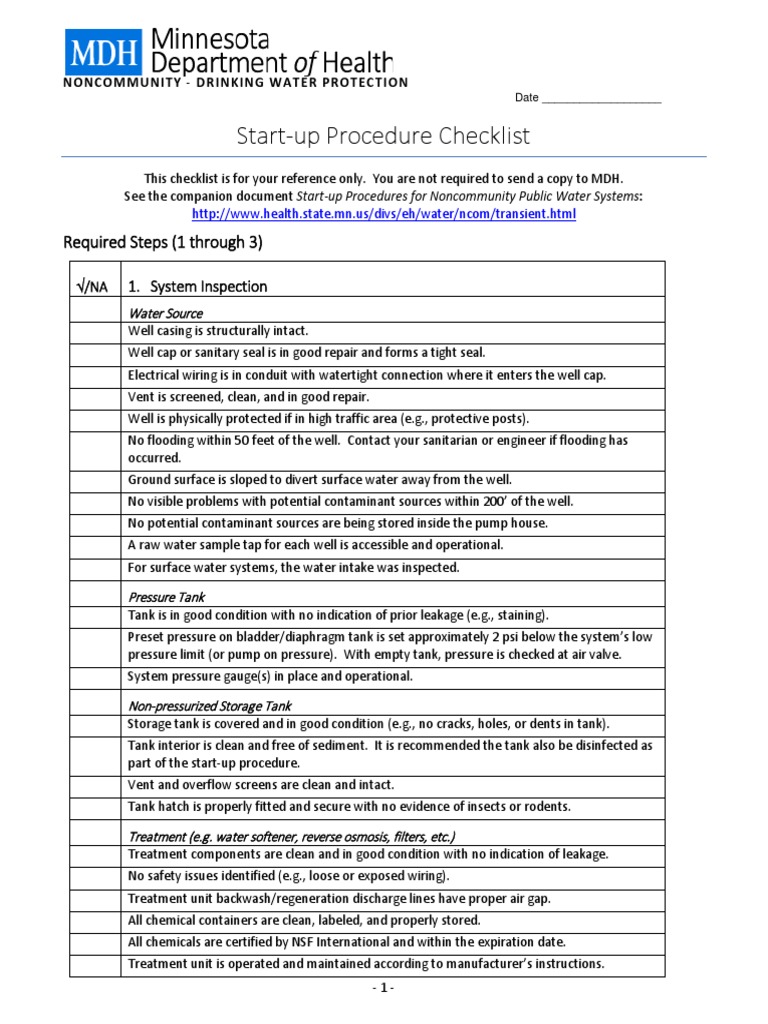

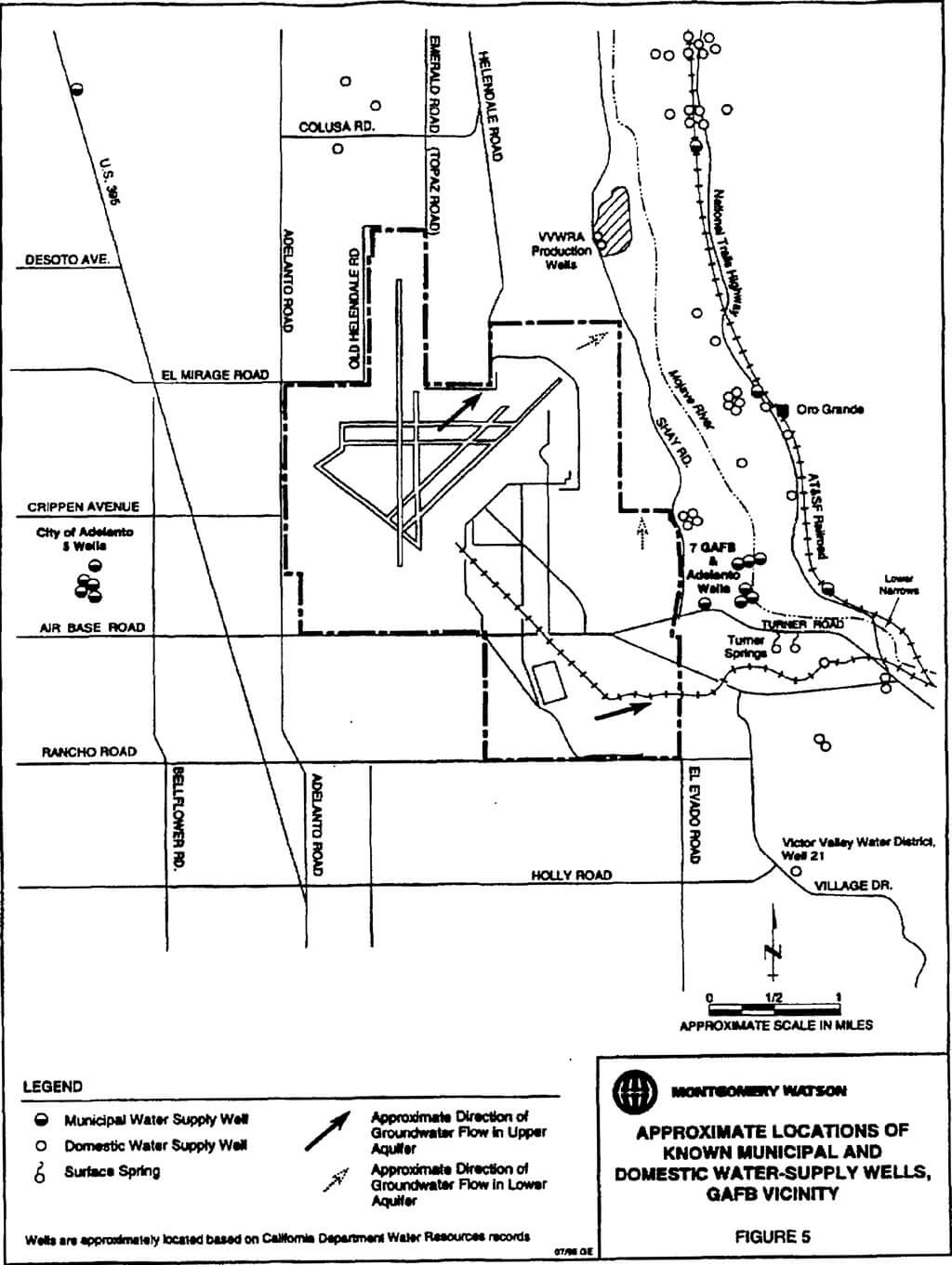
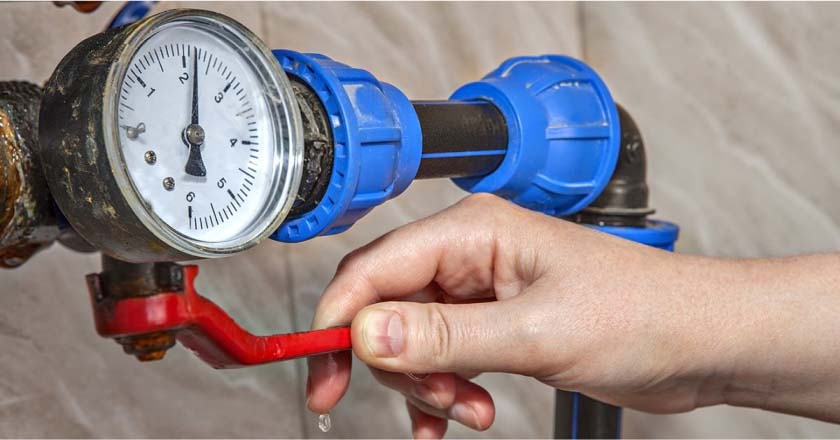
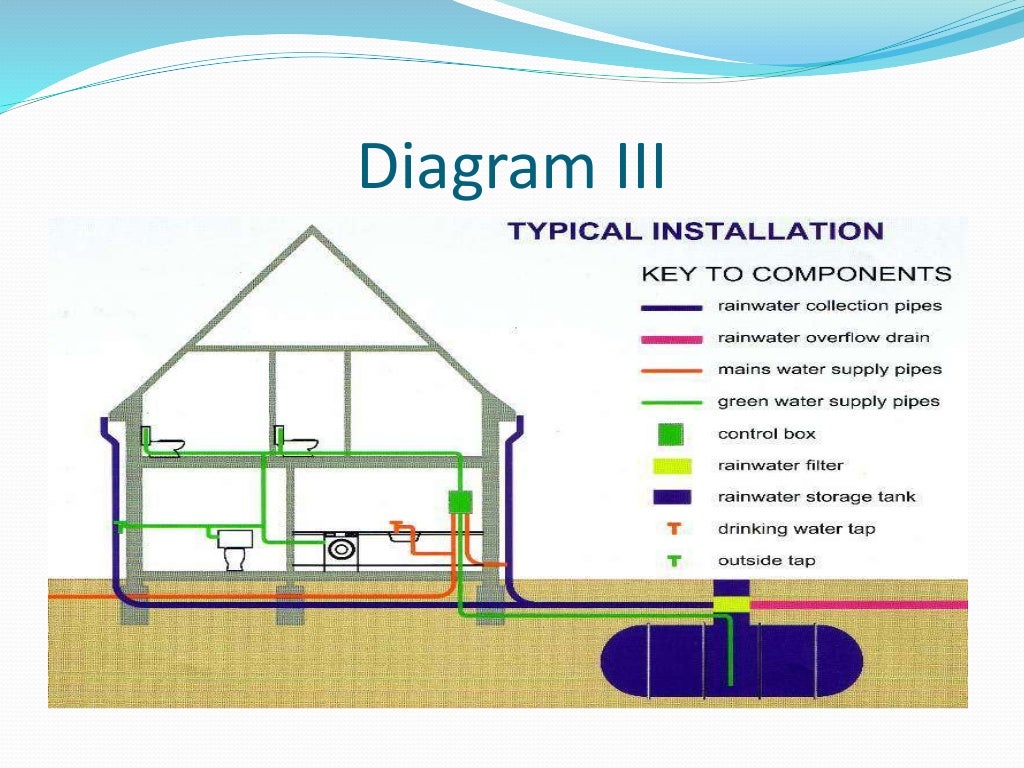



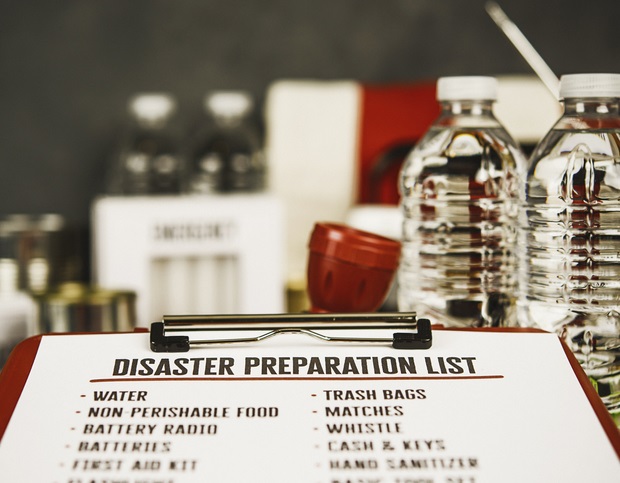

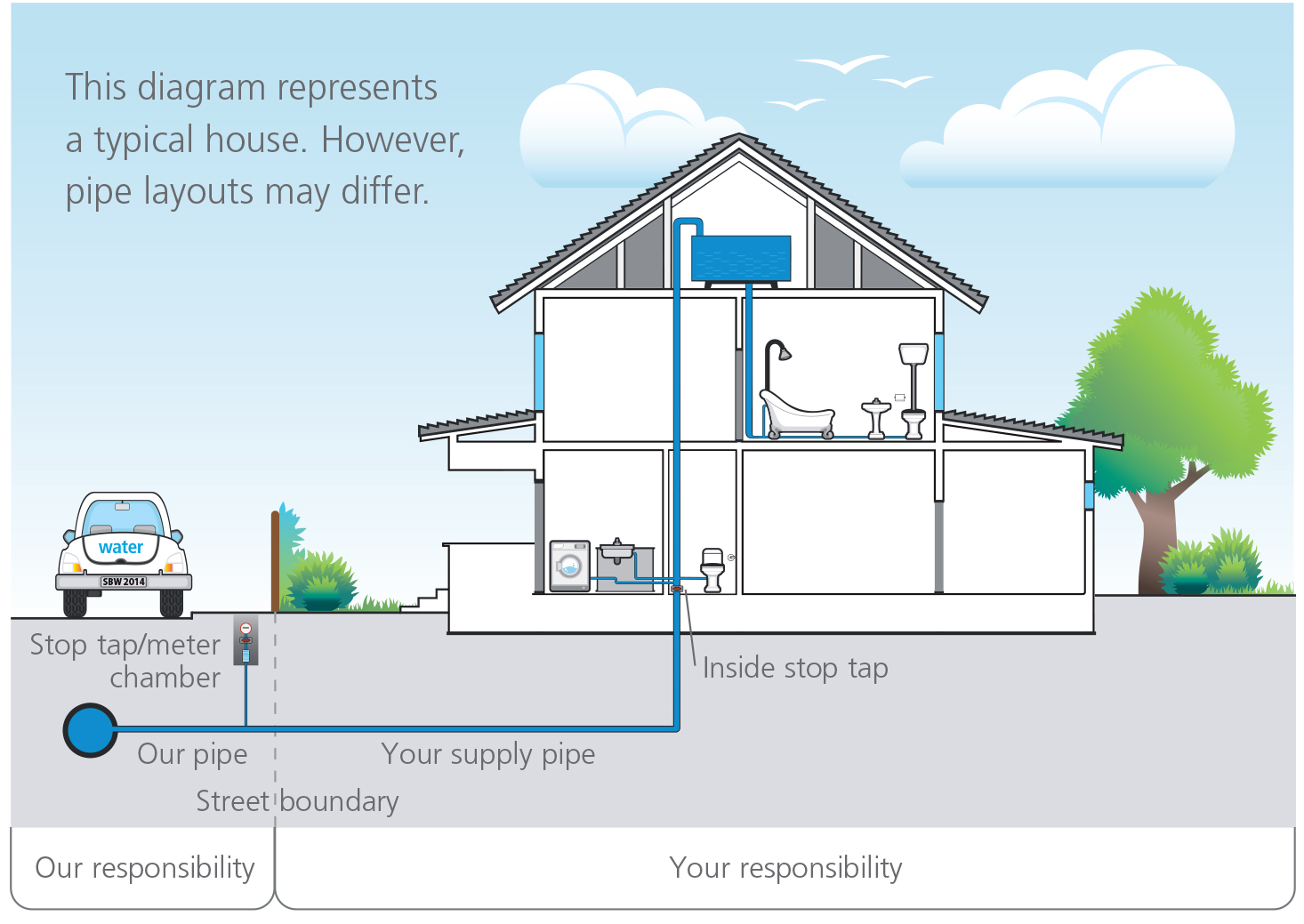




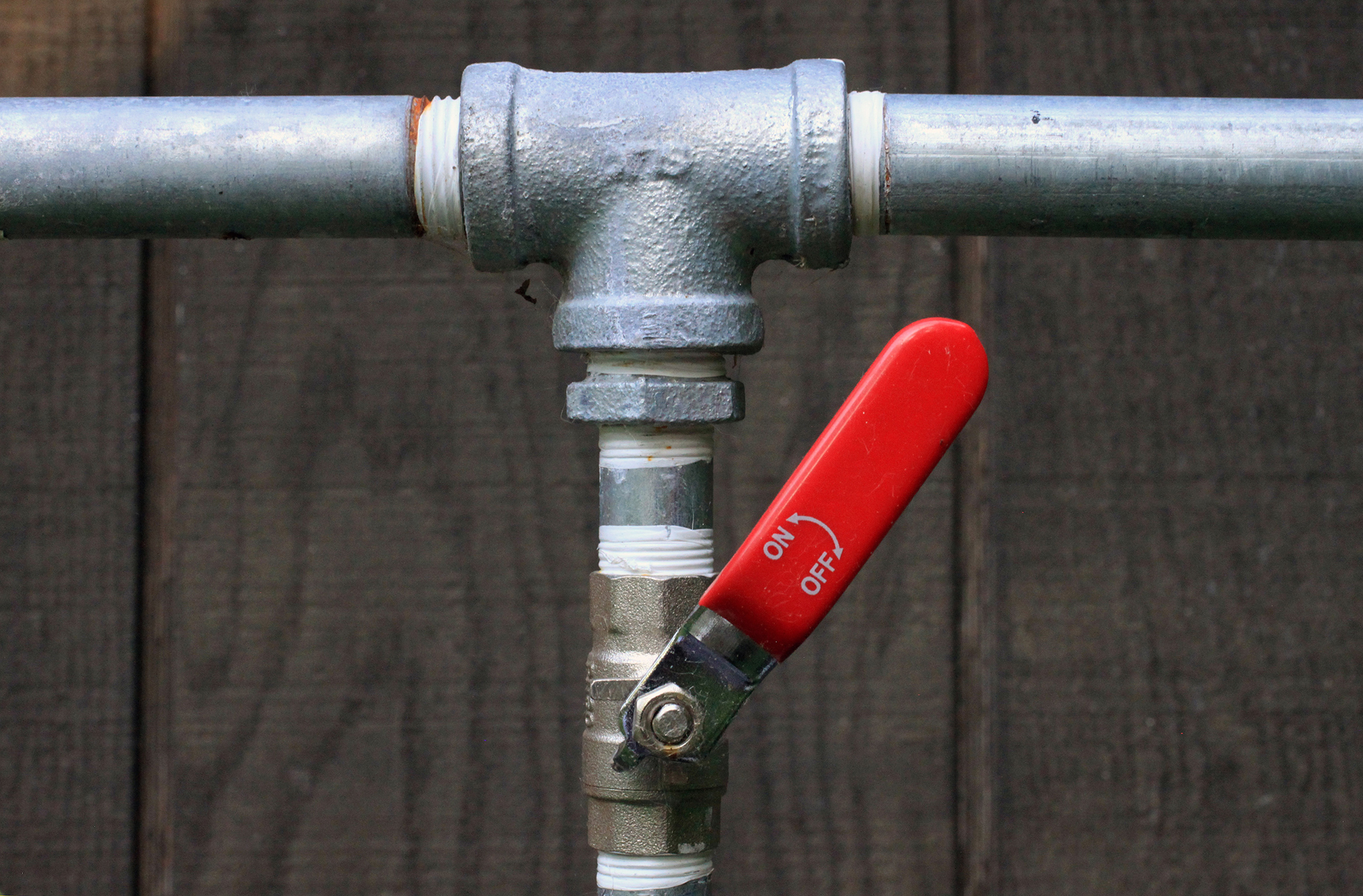



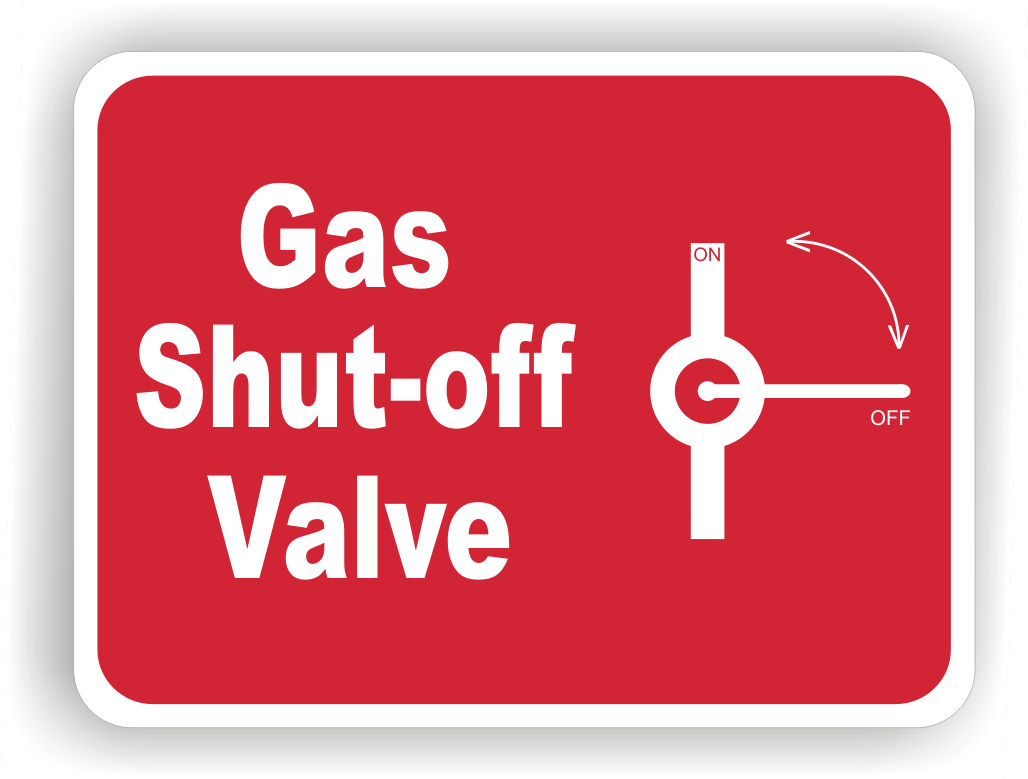

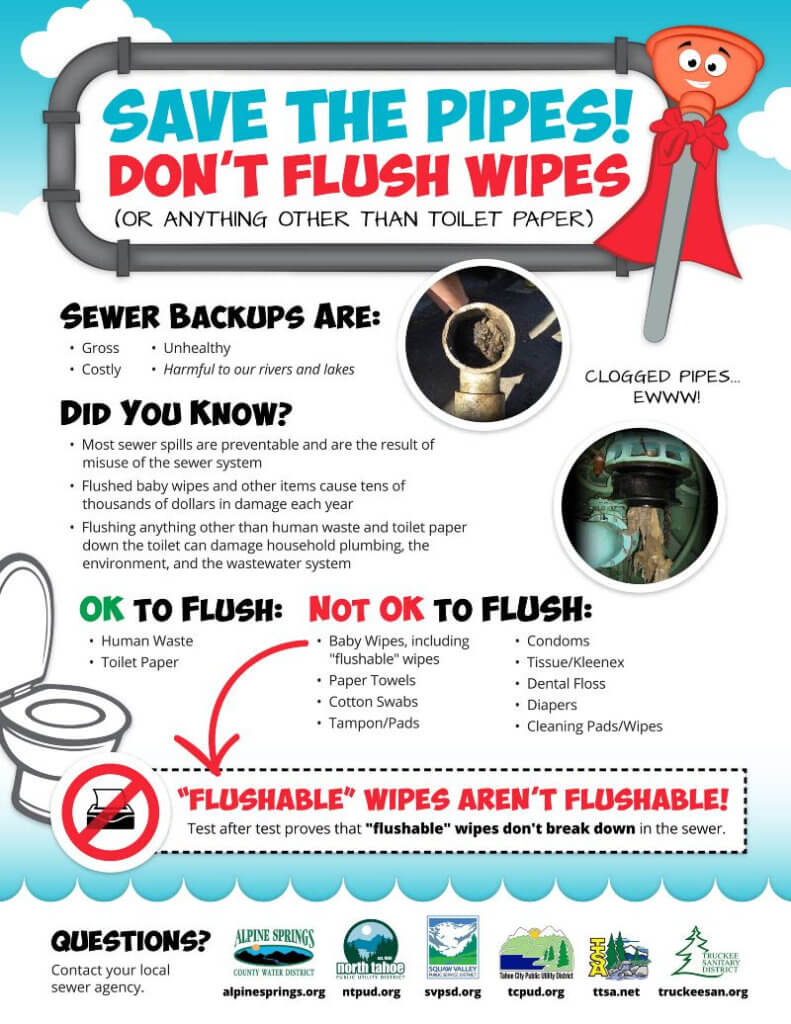
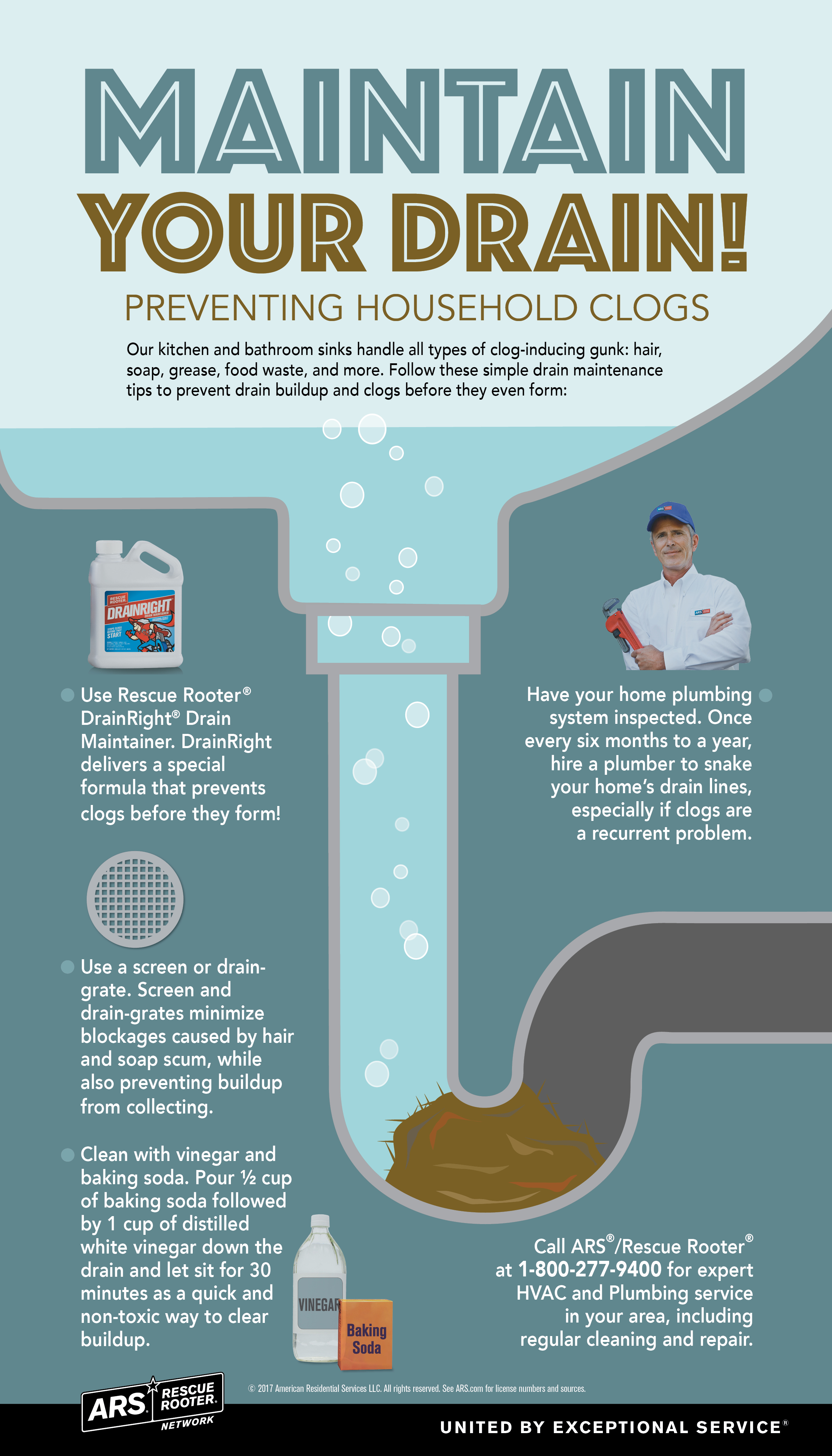

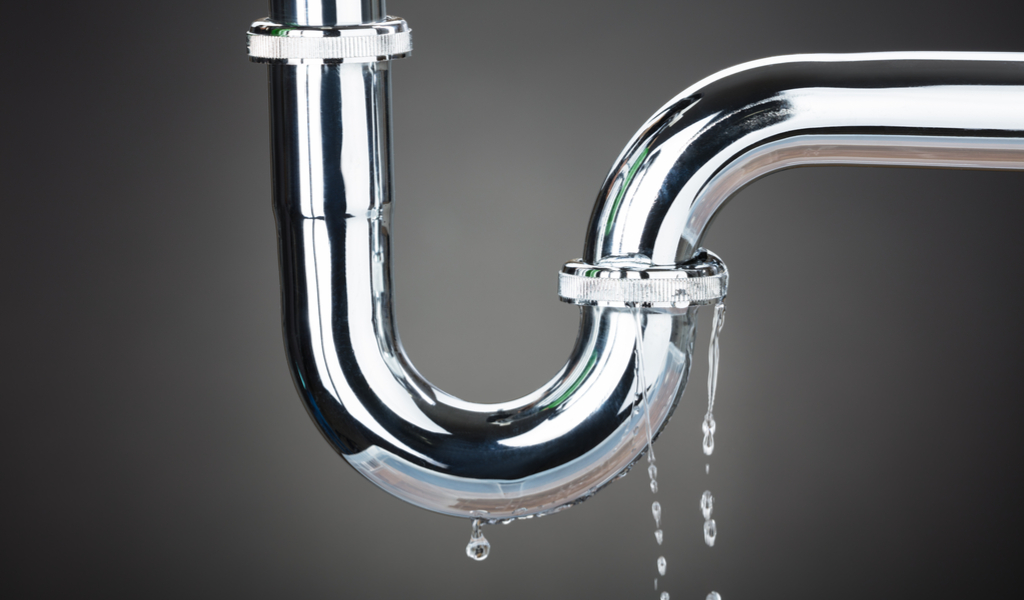




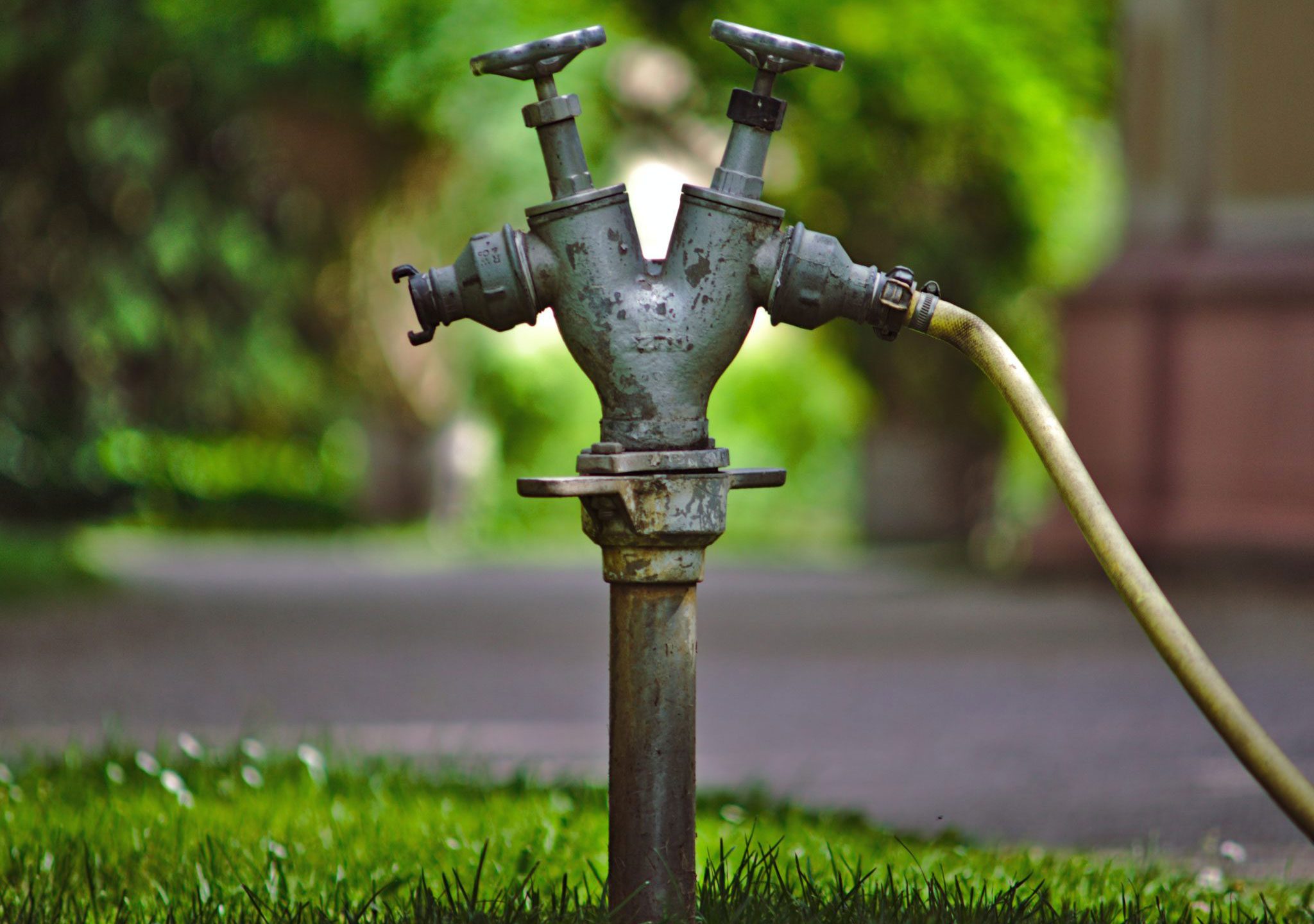





:max_bytes(150000):strip_icc()/the-men-s-hand-opens-the-ball-valve-on-the-collector-1006810456-5c5fc73fc9e77c000159c4af.jpg)









